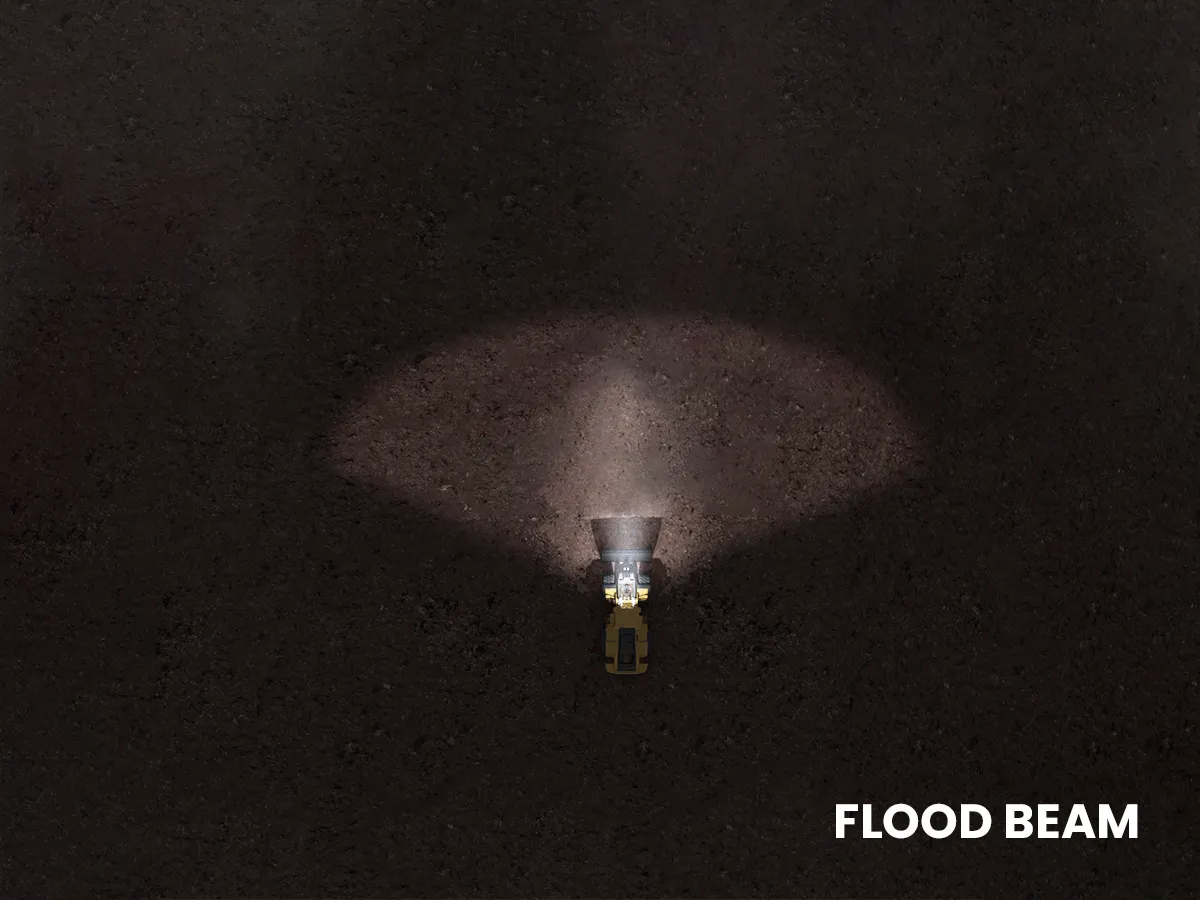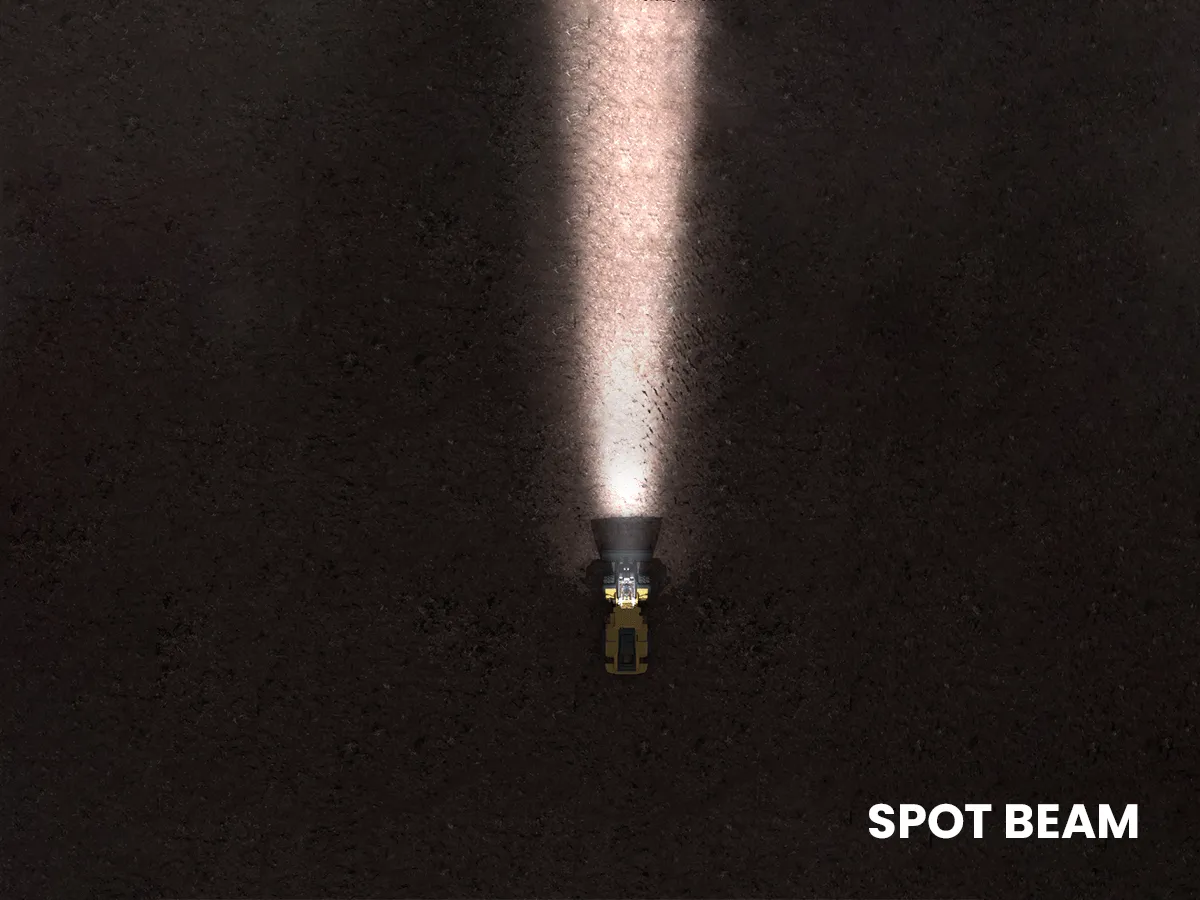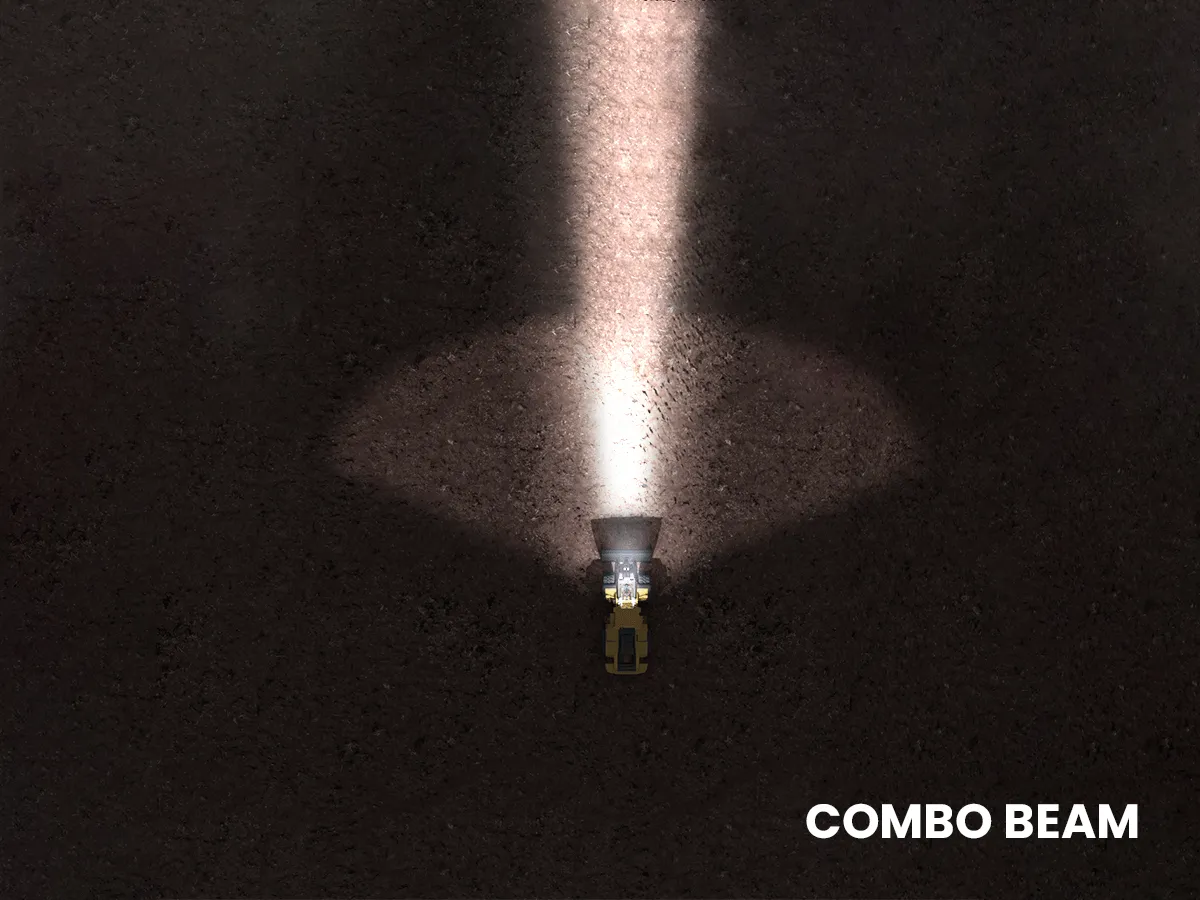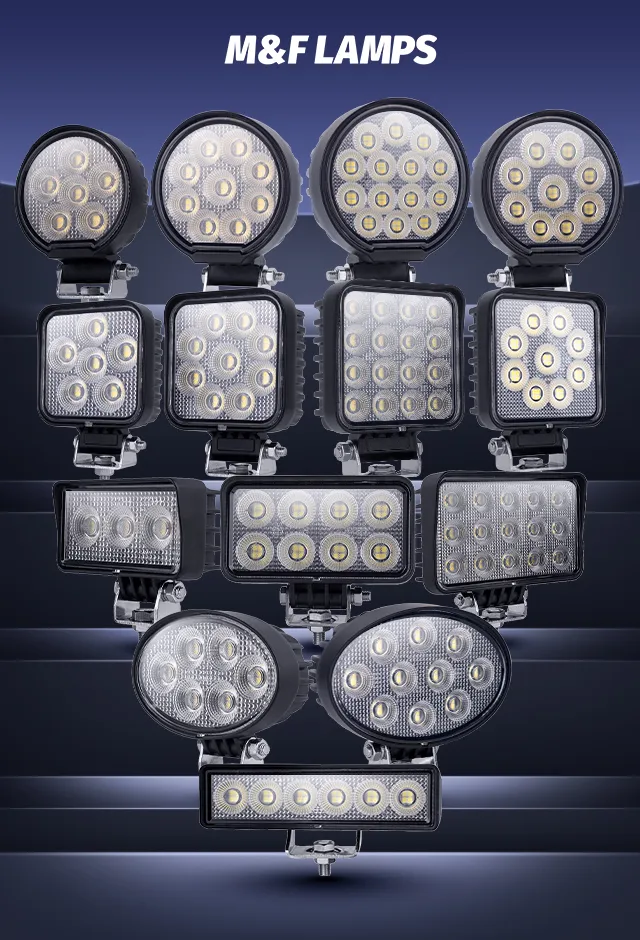Modern agriculture relies heavily on machinery, and often, the work doesn’t stop when the sun goes down. Whether it’s planting, harvesting, or maintenance, having reliable and effective lighting is crucial for safety, efficiency, and productivity. LED work lights have become the go-to solution for agricultural equipment, offering numerous advantages over traditional halogen or HID lights. But with so many options available, how do you choose the right LED work lights for your specific needs? This guide will walk you through the key considerations.
Why LED Work Lights for Agriculture?

Before diving into the selection process, let’s quickly recap why LEDs are superior for agricultural applications:
- Enhanced Visibility and Safety: LED lights provide a brighter, crisper, and more natural white light, improving depth perception and reducing eye strain, which can help operators spot obstacles, animals, and uneven terrain more clearly, reducing the chance of mishaps.
- Longer Lifespan and Durability: LEDs last significantly longer than halogen or HID bulbs, reducing the frequency of replacements. They’re also more resistant to vibration, shock, and extreme weather conditions – essential for the demanding agricultural environment. Some LED lights have a lifespan between 30,000 and 50,000 hours, compared to 5,000 hours for HID (Xenon), and 500 for Halogen.
- Energy Efficiency and Cost Savings: LEDs consume significantly less power than traditional lighting, reducing the load on your equipment’s electrical system and saving fuel. The longevity of LED lights means reduced maintenance and replacement costs. Farmers can save 60-75% in energy costs by switching to LED lights.
- Instant On/Off: Unlike some other types of lights, LEDs turn on instantly, providing immediate illumination when you need it most.
Key Considerations When Choosing LED Work Lights:
Lumens:
- Lumens measure the total amount of visible light emitted by a light source. The higher the lumen rating, the brighter the light. Consider the size of the area you need to illuminate and choose a lumen output accordingly. For general work lighting on tractors, look for lights with at least 2,000 lumens, and for larger areas or more demanding tasks, consider 4,000 lumens or more.
Need reliable illumination for demanding tasks? The YW-0606-60 60W LED Work Light from MFLamps delivers. This rugged work light boasts 4800LM output, a long 50,000-hour lifespan, and a robust IP68/IP69K waterproof rating. Backed by ISO9001, IATF16949, CE, and RoHS certifications, and operating on 10-30V with just 60W power, it’s a cost-effective solution for professionals.
Beam Pattern:
The beam pattern determines the shape and spread of the light. Common options include:
- Flood Beam: Provides a wide, diffused light, ideal for illuminating large areas close to the equipment.

- Spot Beam: Offers a focused, narrow beam for long-distance visibility.

- Combo Beam: Combines both flood and spot beams for a balance of wide-area and long-range illumination.

Choose the beam pattern that best suits the type of work you’ll be doing. For example, a flood beam is great for general field work, while a spot beam is useful for navigating roadways or identifying objects at a distance.
Durability and Weather Resistance:
Agricultural equipment operates in harsh environments, so it’s crucial to choose lights that are built to withstand the elements. Look for lights with a strong aluminum housing. Consider the following:
- IP Rating: This indicates the light’s resistance to dust and water. An IP67 or IP68 rating offers excellent protection against the elements.
- Material: Opt for lights with durable housings made of aluminum or other robust materials. Stainless steel hardware protects the light from the corrosive effects of rain.
- Vibration Resistance: Ensure the lights are designed to withstand the vibrations and impacts common in agricultural operations.
Voltage Compatibility:
- Ensure the LED work lights are compatible with your equipment’s voltage system (typically 12V or 24V). Many lights support a wide voltage range (9-60V) for versatile application.
Color Temperature (CCT):
Color temperature is measured in Kelvin (K) and describes the “warmth” or “coolness” of the light.
- Warm White (2700-3500K): Produces a yellowish light, which can be easier on the eyes in dusty or foggy conditions.
- Cool White (5000-6500K): Provides a bright, white light that simulates daylight, offering excellent clarity and contrast. This is generally preferred for agricultural work.
LEDs are available in a range of color temperatures (CCT) and can mimic natural light, which causes less eye strain when working at night.
Mounting Options:
Consider how you will mount the lights to your equipment. Look for lights with versatile mounting brackets and hardware that can be easily adjusted to achieve the desired angle and position.
Certifications and Standards:
- Check for certifications such as ECE (Economic Commission for Europe) or SAE (Society of Automotive Engineers), which indicate that the lights meet certain performance and safety standards. Also, make sure that the lights meet ASAE S279 lighting standards.
Additional Tips for Choosing LED Work Lights:
- Read Reviews: Before making a purchase, read reviews from other farmers and equipment operators to get an idea of the light’s performance and reliability.
- Consider Your Budget: LED work lights range in price, so set a budget before you start shopping. Remember that investing in quality lights will pay off in the long run with increased durability and performance.
- Think About Specific Needs: Do you need a blue light for boom spraying? Do you need a light that can also function as a turn signal or brake light? Consider your specific needs and choose lights accordingly.
- Low Energy Draw: LED lighting exerts less stress on your battery and alternator because they draw less electrical power than other lighting options.
Conclusion:
Choosing the right LED work lights for your agricultural equipment is an investment that can significantly improve safety, efficiency, and productivity. By considering the factors outlined in this guide, you can select lights that meet your specific needs and provide years of reliable service. Illuminate your fields and get the job done, no matter the time of day.

